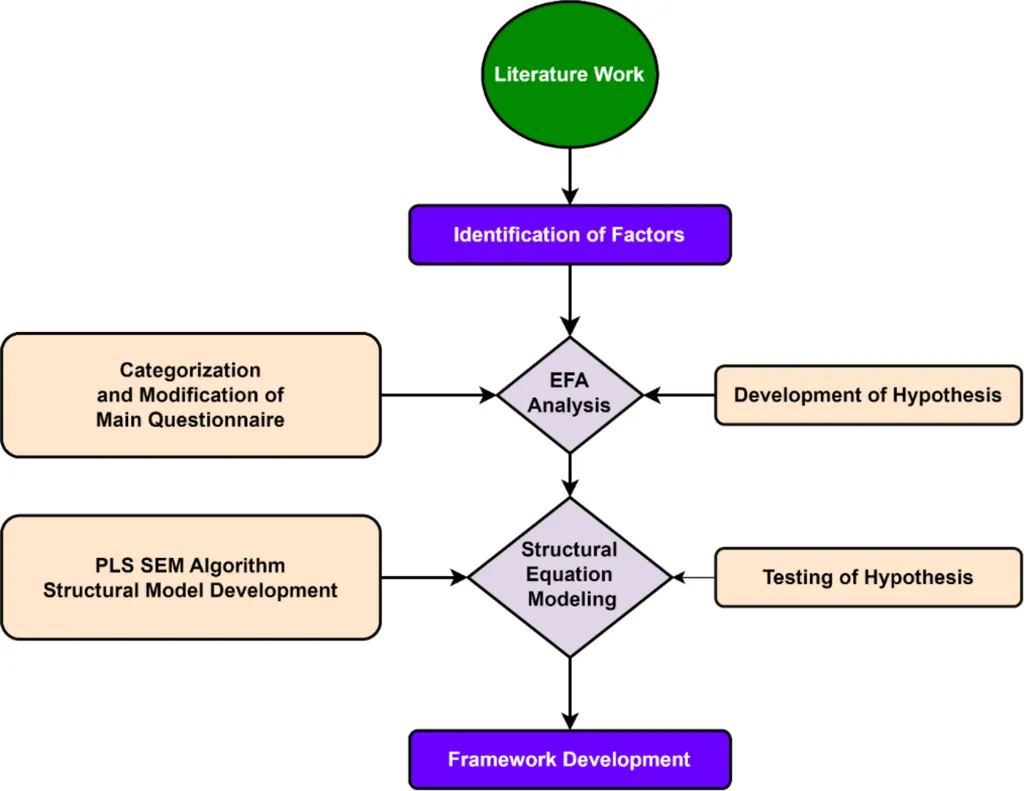In the ever-evolving world of construction and structural engineering, a groundbreaking study has emerged that could significantly impact the design and safety of modern buildings, particularly in the energy sector. Published in the esteemed journal *Jianzhu Gangjiegou Jinzhan* (translated to *Advances in Structural Engineering*), the research titled “T形钢管混凝土柱-H形钢梁侧接板式节点承载力研究” delves into the mechanical behavior of a critical structural node: the T-shaped steel tube concrete column-H-shaped steel beam side plate node.
The lead author, Cheng Weihong, has spearheaded this investigation, which combines finite element simulation and theoretical analysis to unravel the complexities of this structural node. The study’s findings are poised to offer valuable insights for engineers and architects, particularly those involved in the construction of energy infrastructure.
The research begins with the development of a sophisticated ABAQUS finite element numerical model, which was validated through experimental results. This model serves as a robust tool for simulating the behavior of the node under various loading conditions. Cheng Weihong explains, “Our goal was to create a model that could accurately predict the performance of this node, ensuring the safety and efficiency of modern structures.”
One of the study’s key contributions is the derivation of formulas for calculating the bending and shear capacities of the node. These formulas were rigorously tested using numerical models and verified through experimental data. The results indicate that the node’s bending failure can manifest in four different forms, but with proper design, the initial failure can be controlled to occur in the steel beam flange, ensuring a ductile failure mode. This finding is crucial for enhancing the safety and reliability of structures.
Moreover, the study reveals that the shear capacity of the node is primarily determined by the shear capacity of the steel tube web within the node region. This insight is particularly relevant for the energy sector, where structures often need to withstand significant shear forces.
The implications of this research are far-reaching. By providing a deeper understanding of the mechanical behavior of the T-shaped steel tube concrete column-H-shaped steel beam side plate node, the study offers a solid foundation for future design and construction practices. Cheng Weihong’s work not only advances the field of structural engineering but also paves the way for more innovative and resilient buildings in the energy sector.
As the construction industry continues to evolve, research like this becomes increasingly vital. It equips professionals with the knowledge and tools needed to build safer, more efficient structures that can withstand the demands of modern energy infrastructure. The study’s publication in *Jianzhu Gangjiegou Jinzhan* underscores its significance and ensures that its findings will reach a wide audience of engineers and researchers.
In the words of Cheng Weihong, “This research is a step forward in our quest to understand and optimize structural performance. It is our hope that these findings will contribute to the development of more robust and efficient construction practices in the energy sector and beyond.”

